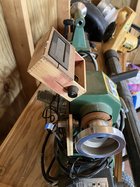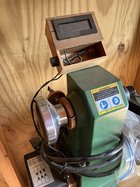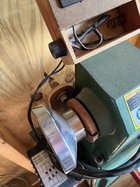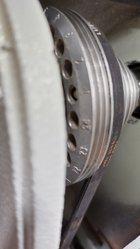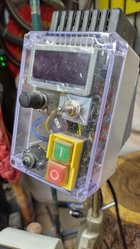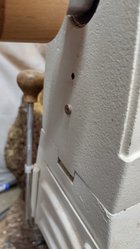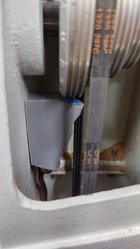Has everyone,
Has anyone here added a tach to their lathe? I have a vicmarc vl300 from the late 90s. It works great, but doesn't have an rpm readout. It's not totally necessary for me to know how fast I'm spinning, but for some things it would be nice. I think I have the general process down pat, but am not sure on the gear. There are a lot of tach systems available online, and I have experience with 0 of them. Any recommendations? Or alternatively, any problems to look out for?
Has anyone here added a tach to their lathe? I have a vicmarc vl300 from the late 90s. It works great, but doesn't have an rpm readout. It's not totally necessary for me to know how fast I'm spinning, but for some things it would be nice. I think I have the general process down pat, but am not sure on the gear. There are a lot of tach systems available online, and I have experience with 0 of them. Any recommendations? Or alternatively, any problems to look out for?

